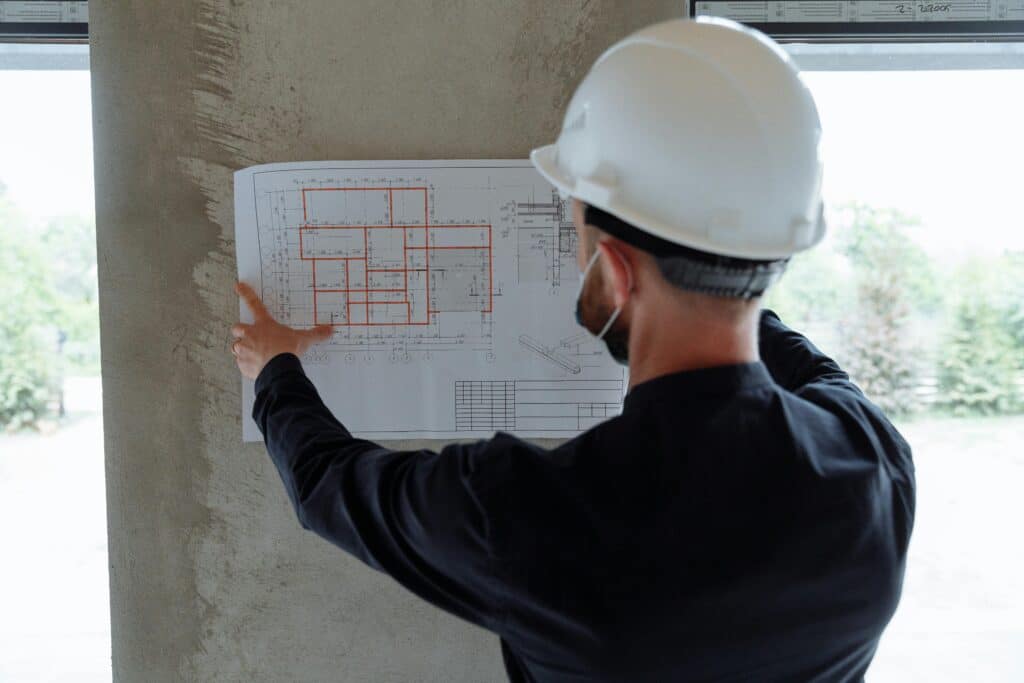In today’s construction industry, subcontractor delays in construction are one of the biggest challenges faced by project managers and main contractors. These delays can increase costs, disrupt schedules, and reduce the overall quality of work. Understanding the reasons behind these delays and how to manage them is key to keeping your project on track.
Common Causes of Subcontractor Delays
Several factors can cause subcontractors to fall behind schedule. Here is a table that summarizes the most common reasons:
| Cause | Explanation |
|---|---|
| Inaccurate Scheduling | Subcontractor workload or timeline not planned properly. |
| Payment Issues | Delays in payments from the main contractor affect performance. |
| Labor Shortages | Limited access to skilled workers slows down progress. |
| Material Delivery Delays | Late arrival of materials or incorrect deliveries disrupt workflow. |
| Poor Communication | Lack of clear instructions or updates creates confusion and delays. |
Risks of Subcontractor Delays
Subcontractor delays are not just inconvenient — they can seriously harm your project:
- Cost overruns: Extra labor, equipment, and overhead costs add up.
- Missed deadlines: Project timelines get pushed back, affecting client trust.
- Quality issues: Rushed work to “catch up” can compromise standards.
- Contractual penalties: Some delays may lead to legal or financial consequences.

How to Minimize Subcontractor Delays
A proactive approach helps reduce the risk of subcontractor delays. Here are key actions to take:
1. Choose the Right Subcontractors
- Check experience and past project performance.
- Evaluate financial stability and staffing capacity.
- Request references and review their safety record.
2. Draft a Clear and Detailed Contract
A well-written contract helps set expectations and reduce misunderstandings. Include:
- Precise work scope and schedule.
- Defined quality standards.
- Milestones with clear deadlines.
- Penalties for delay and non-performance.
- A clause stating that “time is of the essence.”
3. Monitor Progress Actively
Even with a strong contract, constant monitoring is crucial:
- Maintain regular site meetings.
- Document instructions and changes in writing.
- Identify delays early and take corrective action.
4. Foster Strong Communication
Open communication builds trust and improves response time:
- Use collaboration tools (e.g., Procore, Buildertrend).
- Share updates and drawings in real time.
- Encourage feedback from subcontractors on any challenges.

Quick Checklist for Managing Subcontractors
| Action | Why It Matters |
|---|---|
| Prequalify subcontractors | Ensures reliability and capability. |
| Use detailed scopes of work | Reduces confusion and overlap. |
| Define payment terms clearly | Avoids delays due to financial disputes. |
| Track daily progress | Allows for early intervention. |
| Communicate changes immediately | Keeps all teams aligned and avoids rework. |
Conclusion
Subcontractor delays in construction are a common issue, but with planning, communication, and close oversight, they can be controlled. When addressed early, delays become manageable — and even provide an opportunity to strengthen project coordination and improve delivery performance.
ArchUp is your platform to follow everything “architectural“: news, analyses, and designs from the heart of the modern architectural movement.







